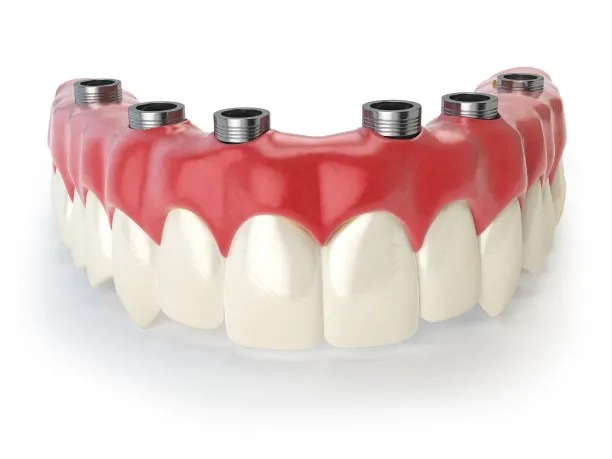Essential Guidelines and Precautions to Ensure Successful Root Canal Treatment and Prevent Complications During the Procedure
Summary: Root canal treatment is a crucial dental procedure aimed at saving infected or damaged teeth. However, successful outcomes depend on adherence to essential guidelines and precautions. This article explores four main aspects: the importance of thorough diagnosis and treatment planning, appropriate use of equipment and techniques, managing patient anxiety and comfort, and ensuring post-operative care and follow-up. By emphasizing these critical areas, dental professionals can enhance the likelihood of successful treatment while minimizing the risk of complications, resulting in positive patient experiences and outcomes.
1. Importance of Diagnosis and Treatment Planning

Thorough diagnosis is imperative for a successful root canal treatment. Dentists must utilize a combination of clinical examinations, patient history, and advanced imaging techniques, such as X-rays, to accurately diagnose the condition of the tooth in question. Understanding the extent of the infection or damage allows the practitioner to design a tailored treatment plan that addresses all underlying issues.
After establishing a diagnosis, the next crucial step is effective treatment planning. The dentist must outline each stage of the procedure, which includes access cavity preparation, canal shaping, cleaning, and filling. This structured approach helps in anticipating potential challenges and ensures that all necessary materials and tools are prepared ahead of time, significantly reducing the chances of complications.
Moreover, thorough documentation of the entire process is essential. Keeping meticulous records of treatment outlines, patient responses, and any modifications made during the procedure can provide valuable insights for future cases and can assist in safeguarding against malpractice issues.
2. Appropriate Use of Equipment and Techniques
Utilizing the correct equipment is vital to the success of root canal treatment. Endodontic instruments, such as rotary files and ultrasonic devices, should be selected based on individual cases. Selecting the right equipment not only improves efficiency but also minimizes risks associated with instrument separation or procedural errors.
In addition to appropriate instruments, employing advanced techniques is equally important. Techniques such as the "crown-down" approach can effectively manage the complexity of the root canal system. This method involves shaping the coronal portion first, allowing debris to be more readily evacuated from the canal during shaping and irrigation, ultimately reducing the risk of blockage or infection spread.
Practitioners must also prioritize maintaining a sterile working environment to minimize the risk of post-operative infections. The use of barriers, disinfectants, and proper sterilization techniques for all instruments plays a vital role in ensuring that the treatment proceeds without complications related to contamination.
3. Managing Patient Anxiety and Comfort
Managing patient anxiety is a critical aspect of successful root canal treatment. Many patients dread dental procedures, which can heighten their discomfort and even affect their cooperation during treatment. Dentists should engage with patients to communicate the steps of the procedure clearly, helping to alleviate fears through education and addressing any concerns.
In addition to providing information, creating a comfortable environment can significantly influence patient experience. Dentists can use techniques such as music therapy or sedation options to help patients relax during the procedure. Additionally, ensuring a supportive presence and maintaining open lines of communication throughout treatment can encourage greater patient compliance and trust.
Recognizing signs of anxiety during the procedure is also important. Practitioners should be prepared to pause the treatment if a patient appears distressed and offer them time to regain composure. Such attentiveness to patient comfort not only enhances their experience but may also lead to a more successful outcome.
4. Ensuring Post-Operative Care and Follow-Up
Post-operative care is essential for recovery from root canal treatment. Following the procedure, dentists should provide patients with clear, written instructions on post-operative care, including pain management, hygiene practices, and signs of potential complications. This informative approach empowers patients and encourages active participation in their healing process.
A well-organized follow-up schedule to monitor healing can also prove beneficial. Taking the time to check in with patients allows for early identification of any complications, ensuring timely interventions to prevent further issues. Regular follow-ups also reinforce the patients value in the practice, fostering long-term loyalty.
Lastly, encouraging patients to maintain routine dental check-ups helps preserve overall dental health. These visits enable the dentist to monitor the integrity of the root-treated tooth and surrounding structures, ensuring that any arising problems are quickly and effectively addressed.
Summary:
Adhering to these essential guidelines in root canal treatments can significantly enhance the success rate while minimizing the risk of complications. By focusing on thorough diagnosis, appropriate equipment usage, patient comfort, and diligent post-operative care, dental professionals can create a positive experience for their patients, ultimately saving more teeth and preserving smiles.
This article is compiled by Vickong Dental and the content is for reference only



